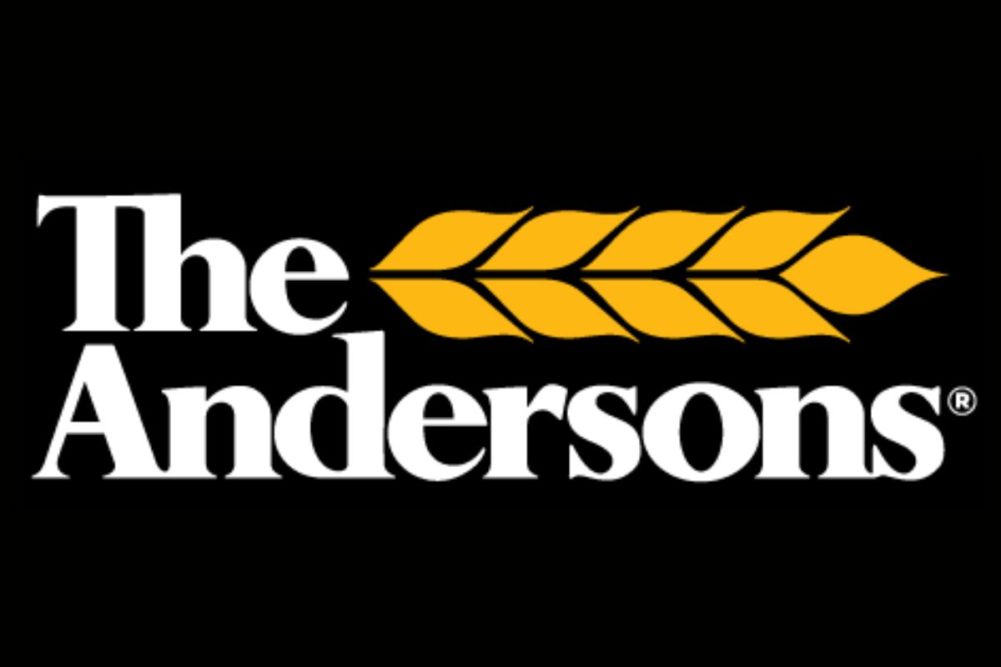MAUMEE, OHIO, US — The Andersons tallied net income of $55 million in the second quarter with adjusted EBITDA of $144 million, crediting stronger performances across its Renewables and Nutrient & Industrial business segments in its Aug. 1 earnings report for the three months ended June 30.
Renewables reported pretax income of $67 million and adjusted pretax income of $32 million on strong crush margins. Nutrient & Industrial notched pretax income of $43 million on increased volume due to a delayed planting season. Trade showed pretax income of $5 million and adjusted pretax income of $7 million.
“Ethanol margins in the Renewables business and increased volume in our Nutrient & Industrial business led the way for the quarter,” said Pat Bowe, president and chief executive officer of The Andersons. “This was a significant improvement for Nutrient & Industrial after a softer first quarter. While we expected that some of the typical first-quarter nutrient sales volume would shift into the second quarter, we are pleased with the extent of the recovery.
“In our Trade segment, we had some very strong merchandising results but, as expected, did not repeat the outsized second quarter 2022 performance due to good execution following the Russian invasion of Ukraine. With the strong first quarter in Trade, which likely pulled some sales forward, our year-to-date results remain ahead of last year in this business. Geopolitical concerns continue to bring price volatility which is typically beneficial to us.”
Revenue for the second quarter was $4 billion, down from $4.45 billion in 2022. For the first six months of 2023, The Andersons recorded $7.9 billion in revenue, down from $8.43 billion in the same period a year ago.
Ethanol crush margins strengthened over the second quarter, and the current margin outlook, despite volatility, remains strong. Production facilities operated efficiently in the quarter with improved ethanol and corn oil yield and lower costs than the comparable quarter in 2022.
“The merchandising businesses, including renewable diesel feedstocks, continue to deliver solid earnings on higher volumes and strong co-product values, and exceeded our second quarter 2022 results,” the company said. “Our Eastern Corn Belt production facilities remain well-positioned for corn supply.”
The Nutrient & Industrial segment’s pretax income in the second quarter was up year-over-year from $38.3 million. After a slow first quarter when reduced sales reflected falling prices and planting delays, volumes improved during the 2023 planting period driving a 21% increase in tons sold from the second quarter of 2022. Gross profit improved by $4 million and reflected the higher volumes.
The Trade segment’s second-quarter pretax income was a steep drop from the nearly $24 million recorded in the same period of 2022, which included certain margin impacts from the Russian invasion of Ukraine not expected to repeat, the company noted. However, with $44.35 million in pretax income for the first half of the year, Trade remains ahead of last year’s $27.3 million at the same time.
Recent investments in food and pet food ingredients also contributed to earnings in the quarter. When combined with the very strong first quarter, adjusted earnings and gross profit remain ahead of 2022, the company said. Winter wheat volume accumulated from the just-completed harvest was higher than expected and at good qualities in The Andersons’ draw area.
“With the strong South American harvest, combined with improving US crop conditions, the outlook for global grain stocks has improved,” the company said. “With the mix of assets and merchandising capabilities across key geographies, Trade is well-positioned.”
Looking ahead, Bowe said the company remains focused on its strategy within its core grain and fertilizer verticals.
“We recently closed on the acquisition of ACJ International, a pet food ingredient supplier that fits well within our strategy for growth in the premium pet food ingredient industry,” Bowe said. “We continue to explore opportunities for growth in the merchandising of renewable diesel feedstocks, while maintaining our strong position in renewable fuels production along with potential carbon-reduction opportunities.”




